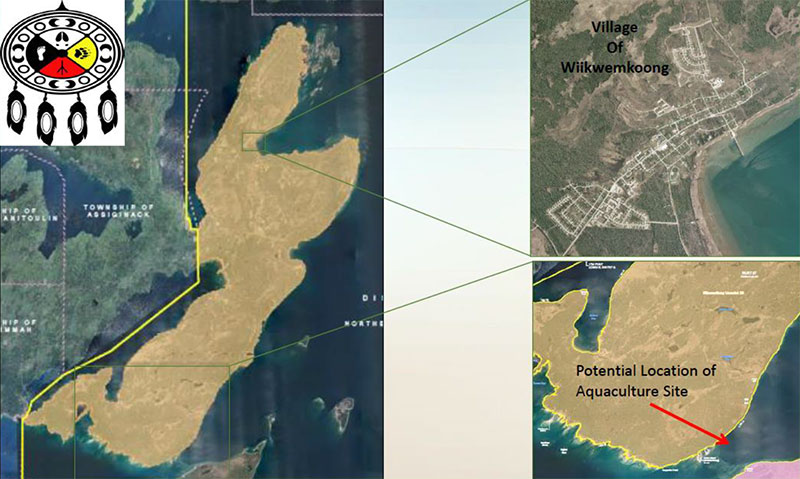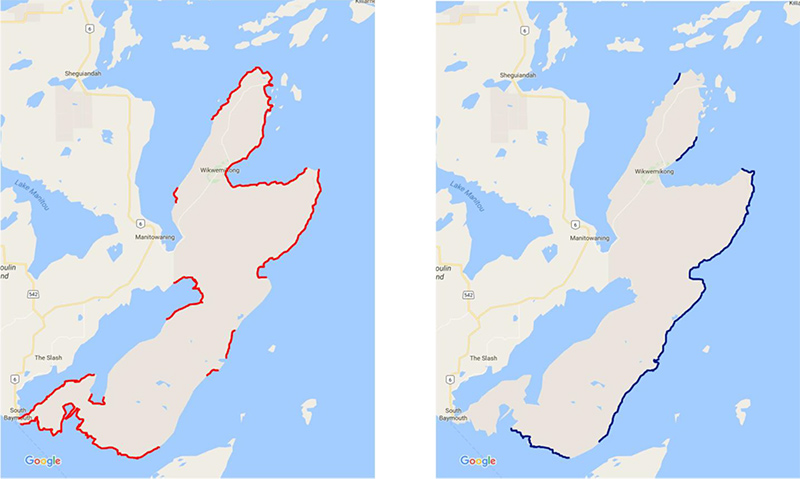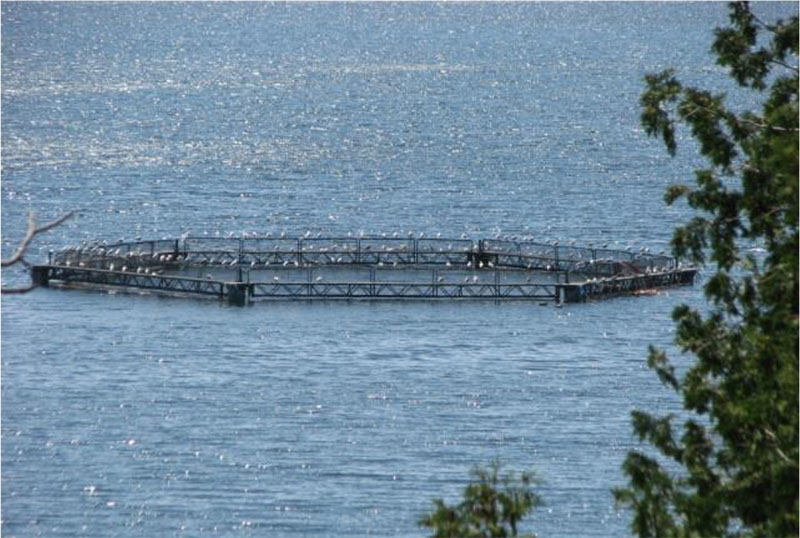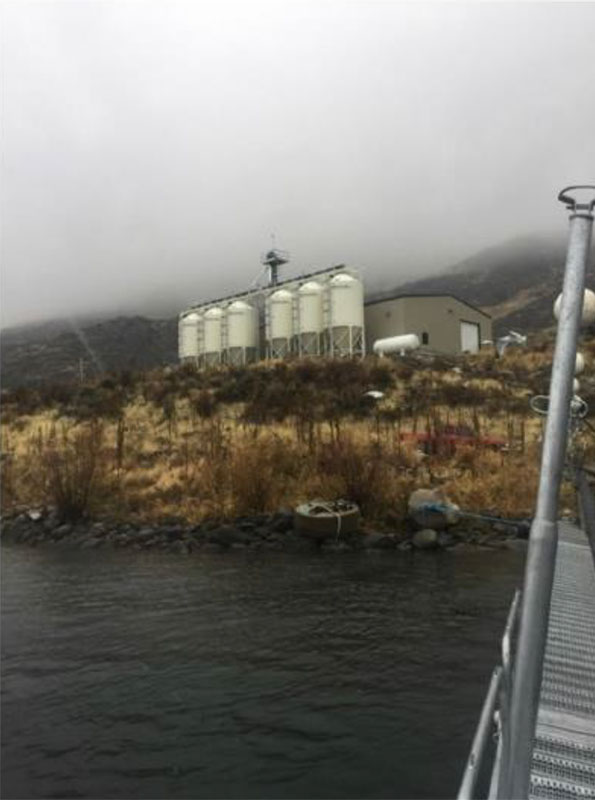Aquaculture
The Aquaculture Consultation and Information Sessions with respect to WDC’s Memorandum of Understanding with Pacific Aquaculture is to allow for the permitting of an off shore site for aquaculture (fish farm) development. A proposed pilot to test cage technology is part of a two-step phased in approach.

- Ontario Rainbow Trout (main species) – 4,000 tonnes (8.8 million pounds) 2014
- (other species 210 tonnes (462k pounds ie: artic char, brook trout, small mouth bass, Large mouth bass, baitfish, tilapia)
- Year 2030 – 50-80 million tonnes fish Shortfall
- Canada – World’s largest coastline, largest
- Freshwater system, worlds largest tidal Range
- Aquaculture – natural choice for Canada
The intent of the permit is to allow for potential benefits within the negotiations to flow back to the community at large inclusive of employment opportunities, business contracting within the supplier supports to the fish farm, royalties to the community, fresh farmed trout for possible restocking of waters, and for donations to residents (i.e. Nursing Home, Shelter, feasts and families), training and cooperatives, as well as indirect vendor opportunities (i.e. Catering, Accommodations, Environmental monitoring, transportation, retail, roads maintenance, etc.). Many of the employment opportunities are training on the job allowing for members to ease into employment should they wish to work in these positions anticipated to be long term.
The awareness of the demand for farmed rainbow trout presents an opportunity for many First Nation communities and businesses. There are approximately 34 First Nations across 4 provinces exploring operations in their areas. The rainbow trout are suited for the Great Lakes as this is their natural habitat having been introduced in 1953.
Since 1972 there has been a decline of the preyfish in the Great Lakes. This decline has been attributed to the lack of nutrients offshore, and a collapse of the ecosystem largely impacted by invasive species like the quagga and zebra mussels. Many studies reflect a positive impact to the ecosystems localized in areas of fish farming. The result being a revitalization of the dwindling populations of preyfish.
The WDC along with the Wiikwemkoong Department of Lands and Natural Resources proposes a base line study to be done in the area of the fish farm, to monitor over time the impacts on the ecosystem but more importantly, guide the stewardship responsibilities to protect our waters and land. Wikwemikong Development Commission has been marketing Wikwemikong as a place open for business, to ensure opportunities are afforded to the community and members. For 2.5 years, Wikwemikong Development Commission worked to package the marketability of a site for an operator. Wikwemikong entered into a Memorandum of Understanding with Pacific Aquaculture to explore areas in and around our shoreline.
Pacific Aquaculture is committed to sustainability measures and strives toward certifications, ensuring that they are operating with Sustainable Aquaculture Practices, these are key to protecting the environment and to provide for social benefits to communities for where they operate. It is a family business having been in operation for three generations with 41 facilities primarily on the west coast, operating in three countries providing for an assortment of seafood and premium meats, sourced from farms and commercial fishers.





